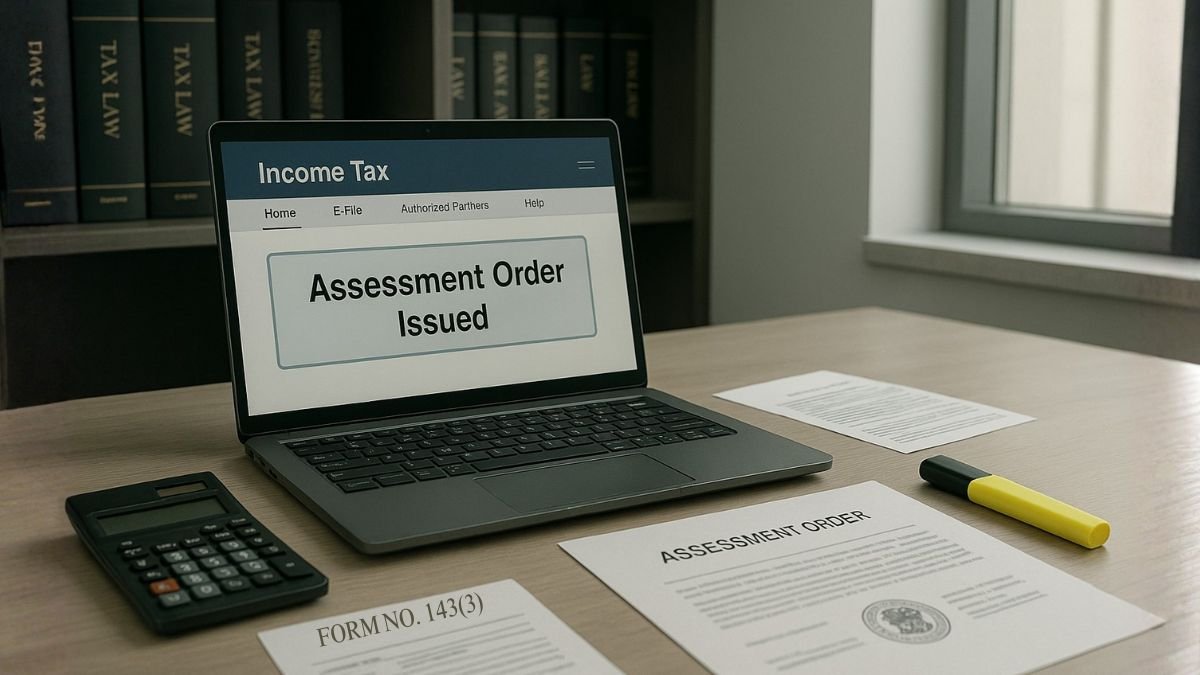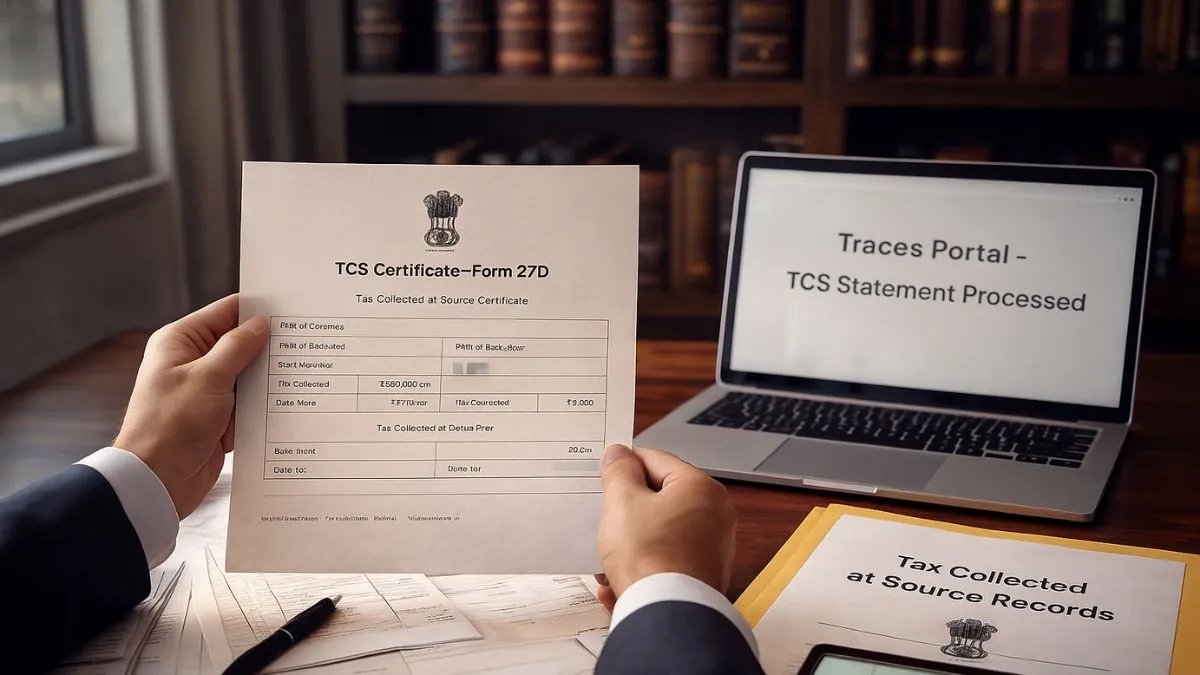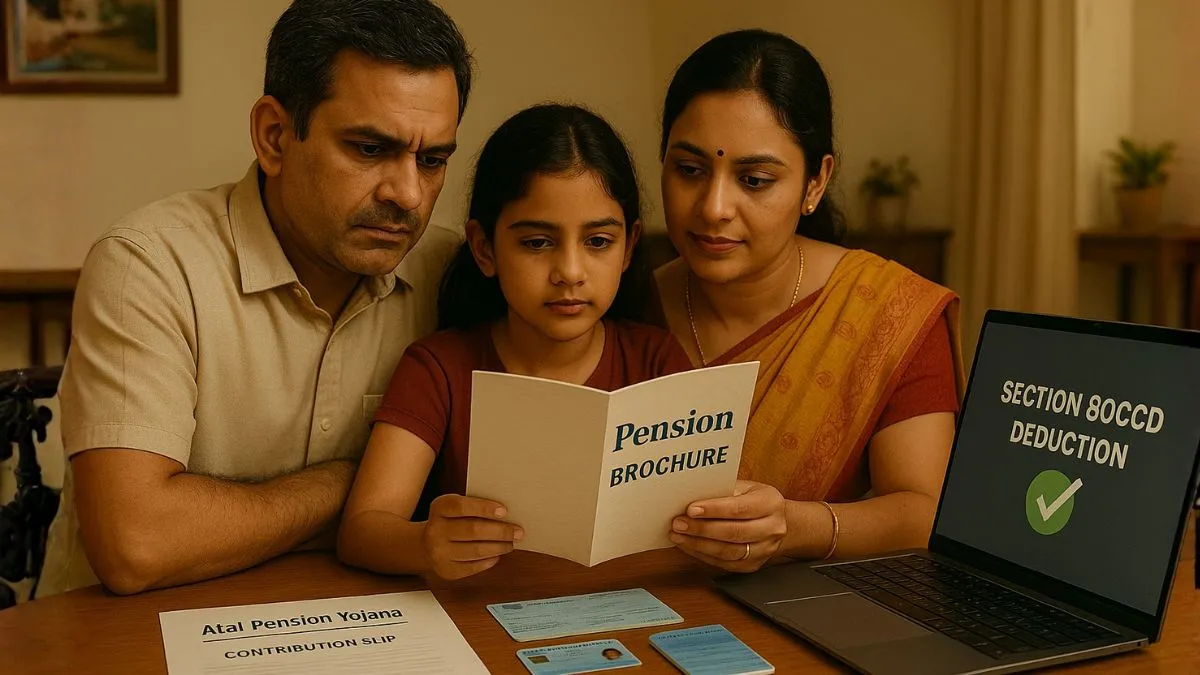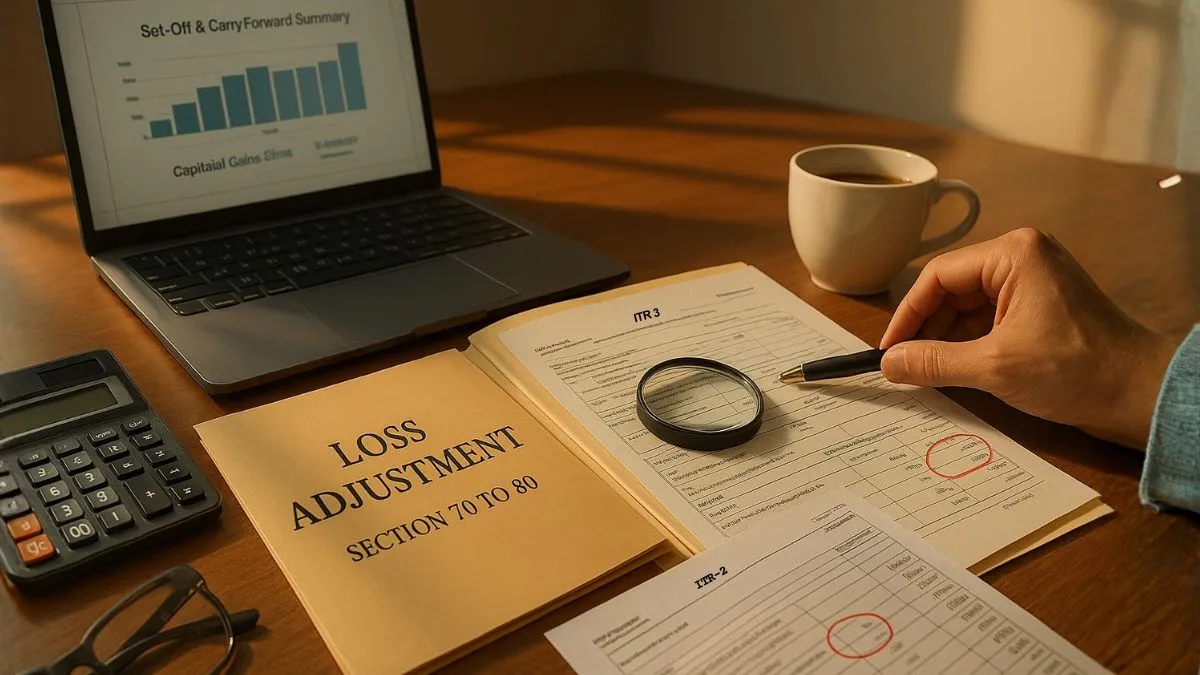
When it comes to securing the financial future of a girl child, the Government of India introduced the Sukanya Samriddhi Yojana (SSY) under the Beti Bachao Beti Padhao campaign. Beyond offering one of the highest interest rates among small saving schemes, SSY is also attractive because of its income tax benefits under Section 80C of the Income Tax Act & complete exemption of interest under Section 10.
For many parents, understanding the Sukanya Samriddhi Yojana income tax section is just as important as knowing the investment rules. After all, tax efficiency plays a big role in maximizing returns.
This article breaks down all the details of how Sukanya Samriddhi Yojana is treated under the Income Tax Act, which sections apply, & how families can make the most of this scheme.
Sukanya Samriddhi Yojana – Overview
Before diving into the taxation aspects, here’s a quick refresher:
- Who can open an account? Parents or legal guardians of a girl child below 10 years.
- Number of accounts? One account per girl child, maximum two accounts in a family (exceptions allowed in case of twins or triplets).
- Deposit range: Minimum ₹250 per year; maximum ₹1.5 lakh per year."
- Tenure: 21 years from the date of account opening or until the girl gets married after 18.
- Interest rate: Announced quarterly by the government; higher than PPF & other small savings.
But what makes it even more attractive is the income tax benefit.
Sukanya Samriddhi Yojana offers one of the highest interest rates among small savings schemes — and the returns are fully tax-free. 👉 click here
Tax Benefits Under Sukanya Samriddhi Yojana
SSY is one of the rare investment instruments that enjoys the EEE (Exempt-Exempt-Exempt) status:
- Exemption on Investment: Deposits made in the SSY account are eligible for deduction under Section 80C of the Income Tax Act. The maximum benefit is ₹1.5 lakh in a financial year.
- Exemption on Interest: The interest earned in the account is free from Income Tax under Section 10. Unlike many other schemes, there is no TDS or taxable component.
- Exemption on Maturity: The maturity proceeds, including principal & interest, are completely tax-free.
This triple benefit makes SSY unique compared to FDs, RDs, or other debt instruments.
Section 80C – The Key Deduction
The Sukanya Samriddhi Yojana income tax section primarily falls under Section 80C. Here’s how:
- Parents or guardians can claim deductions for the amount deposited, up to Rs. 1.5 lakh per financial year.
- This limit includes all 80C investments combined (such as PPF, ELSS, LIC, Home Loan Principal).
- The deduction is available for both parents, but the combined deposit cannot exceed ₹1.5 lakh annually per child’s account.
Thus, if a family is looking for a guaranteed, government-backed option with income tax benefits under Section 80C, SSY is an ideal choice.
Also Read: Tax-Free Benefits from Provident Funds and Sukanya Samriddhi Account
Section 10 – Exemption on Interest
The second part of the taxation story is Section 10 of the Income Tax Act.
- Interest earned in the account is free from Income Tax under Section 10.
- This means even if the balance grows significantly over 15–20 years, parents don’t have to pay any tax on the accumulated interest.
- Unlike bank FDs where interest is taxable, SSY ensures that every rupee of growth remains with the investor.
This exemption significantly increases the real returns of the scheme.
Illustration of Tax Savings
Let’s assume:
- A parent invests ₹1.5 lakh per year in Sukanya Samriddhi Yojana for 14 years.
- At an interest rate of ~8% (variable as per government notification), the corpus at maturity can cross ₹65 lakh.
Now imagine if this interest income were taxable like an FD. The effective returns would have dropped by 20–30% depending on your tax bracket. But because of Section 10 exemption, the entire maturity amount is tax-free.
From account opening guidance to maturity planning, we help parents make the most of Sukanya Samriddhi Yojana.👉 click here
Why Sukanya Samriddhi Yojana is Popular for Tax Planning
- EEE Status: Few schemes provide this benefit.
- Long-term planning tool: Matches perfectly with future goals like higher education & marriage."
- Guaranteed returns: Government-backed interest ensures safety.
- Income tax benefits under Section 80C: Immediate savings of up to ₹46,800 per year (for those in the 30% slab).
- Section 10 benefit: Future growth remains untaxed.
Common Queries About Sukanya Samriddhi Yojana Income Tax Section
- Can both parents claim 80C deduction separately for SSY?
Yes, but the combined claim cannot exceed ₹1.5 lakh per child per year. - Is partial withdrawal taxable?
No. Partial withdrawals after the girl turns 18 are also tax-free. - Is SSY better than PPF for tax savings?
Both enjoy 80C deductions & Section 10 exemption, but SSY offers a higher interest rate. - What happens if I miss a deposit in a year?
You can reactivate by paying a small penalty, & tax benefits resume. - Does Sukanya Samriddhi Yojana qualify as a safe tax-saving option?
Yes, it is one of the safest instruments since it is backed by the Government of India.
Also Read: The ₹1.5 Lakh Tax-Saving Secret Most Taxpayers Miss!
Challenges in Using SSY for Tax Benefits
While SSY is attractive, it comes with a few limitations:
- Lock-in period: Funds are tied up until maturity or marriage of the girl child.
- Deposit cap: Maximum deposit is ₹1.5 lakh per year, which may not be enough for some long-term goals.
- Exclusivity: Only parents/guardians of girl children can open accounts."
Despite these, the tax advantages make it one of the best small savings schemes.
Final Thoughts
The Sukanya Samriddhi Yojana combines two of the most powerful provisions of the Income Tax Act:
- Section 80C for deductions on deposits
- Section 10 for exemption of interest
Together, they create a highly tax-efficient savings plan with guaranteed returns. For families looking to secure their daughter’s future while enjoying maximum tax relief, SSY stands out as a must-have in their financial portfolio.
👉 Planning to open an SSY account or maximize your income tax benefits under Section 80C of the Income Tax Act? Click here to Callmyca.com and let our experts guide you with smart, personalized tax planning.











